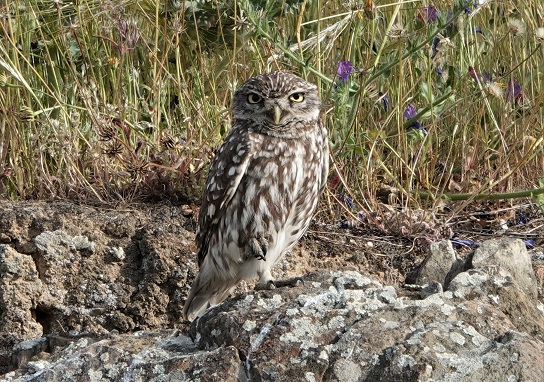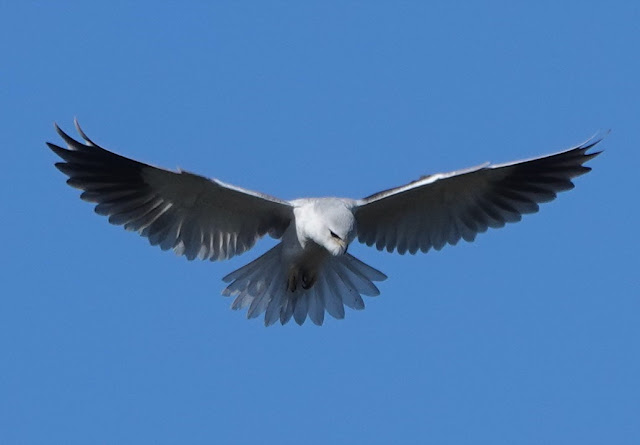 |
| Strawberry tree in flower and fruit in winter (Martin Kelsey) |
Whilst the herbaceous plants and grasses around it are withered and dry, there is an intense glossiness of its leaves, which appear gleaming and shiny. Somehow, the Strawberry Tree bucks the late summer feel, instead of seeming tired, there is an innate vigour, a flourish even. It always seems to be in the middle of doing something....the clusters of flower buds are forming, just centimetres from the dangling slowly ripening fruit. Now green, these will be strawberry-red in the the autumn, just as the gorgeous little white bell flowers will be attracting bees. An autumn contrast of fruit and flowers (see the photo above). The dark green, oval leaves which are barely serrated on the margins, also contrast with the rich mahogany-coloured bark. Deep bold colours.
I first met the Strawberry Tree when a student on a field course in southwest Ireland. The population there is the most northerly in the world and the species was described as an indicator of the Luscitanian flora. The extreme south-west of Ireland had offered a refuge during glacial times for species of a predominantly Mediterranean character. This story of its ecological history I found fascinating: spellbound almost. I memorised its scientific name, which stuck with me ever since:
Arbutus unedo. Its name betrays its historic significance in the Mediterranean region, for apparently it was the Roman writer Pliny the Elder who advised that though edible, the fruit is best eaten in small quantities:
unum edo ("I eat one"). It is like a little round strawberry in both colour and appearance, but not with its bland, gritty taste. However, it has found its way into local gastronomy, but most of all is feasted upon by birds. Here in Extremadura it is also native and widespread, especially in the areas of moderate altitude. In the hills around us, it is common, usually as a medium-sized shrub, but I will never forget being taken deep into a private estate bordering the Monfragüe National Park, to a place few outsiders had ventured. We scrambled down a deep ravine, with exposed rocks above us, whilst below was a stream, which despite it being late autumn and still in the midst of a dreadfully prolonged drought, gushed with crystal clear water. A Golden Eagle soared above, but we were hidden from its view. The canopy obscuring its view was provided by the most magnificent Strawberry Trees that I had ever seen. We stood in a veritable glade of
Arbutus, with a form as true trees rather than shrubs and absolutely laden with fruit. Pliny's advice was quickly discarded as we picked and enjoyed the fruit at its ripest best.
 |
| Two-tailed Pasha (Martin Kelsey) |
The Strawberry Tree brings us another gift. The Two-tailed Pasha is the most spectacular and one of the most attractive of our butterflies here. Locally one of its larval food plants is the
Arbutus. Although second brood adults in late summer and early autumn will be especially attracted feed on rotting figs. It is at this time then, that we start seeing this breathtaking beauty in the garden.....although just infrequently enough to always excite.





Comments